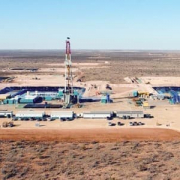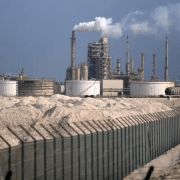Companies with a focus on the oil-rich Permian basin are likely to be at the center of the next wave of consolidation in the U.S. energy sector as favorable oil prices prompt cash-rich drillers to tap into the largest source of shale oil. Learn more about this energy deal.
Top producers have built a war chest to fund acquisitions after reaping windfall profit in 2022 from skyrocketing oil prices following Russia’s invasion of Ukraine.
The current oil prices are only making Permian assets more attractive to companies looking to quickly rebuild their depleting assets to take advantage of the world’s never-ending thirst for fossil fuel.
“I think we’re in a good spot in terms of oil pricing for M&A, somewhere around $80 per barrel is where both buyers and sellers feel comfortable,” said Andrew Dittmar, a director at consultancy Enverus.
“For all of 2023, we’re likely going to have a very active market and we’re gonna continue to see these deals hit.”
At least three analysts have identified Diamondback Energy Inc (FANG.O), Matador Resources Inc (MTDR.N), and Permian Resources Corp (PR.N) as possible takeout targets.
According to Gabriele Sorbara, managing director of equity research at Siebert Williams Shank & Co, these companies have the highest quality of remaining inventory and strong balance sheets and free cash flow, making them good picks.
Click here to read the full article
Source: Reuters
If you have further questions about the topic related to the energy deal, feel free to contact us here.









